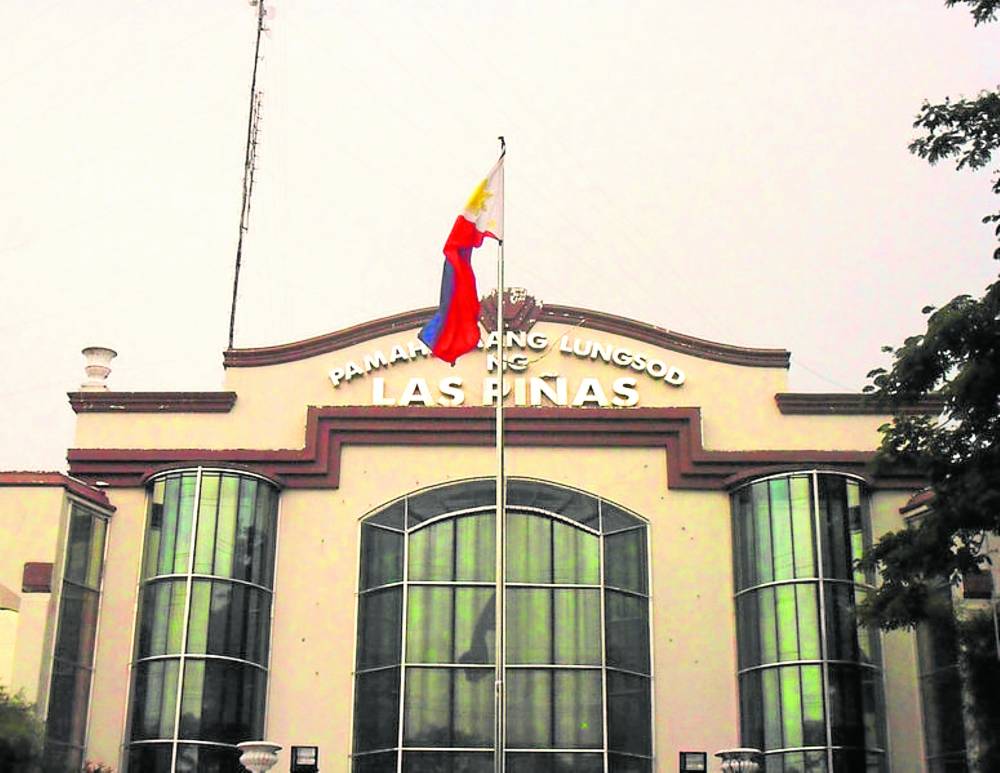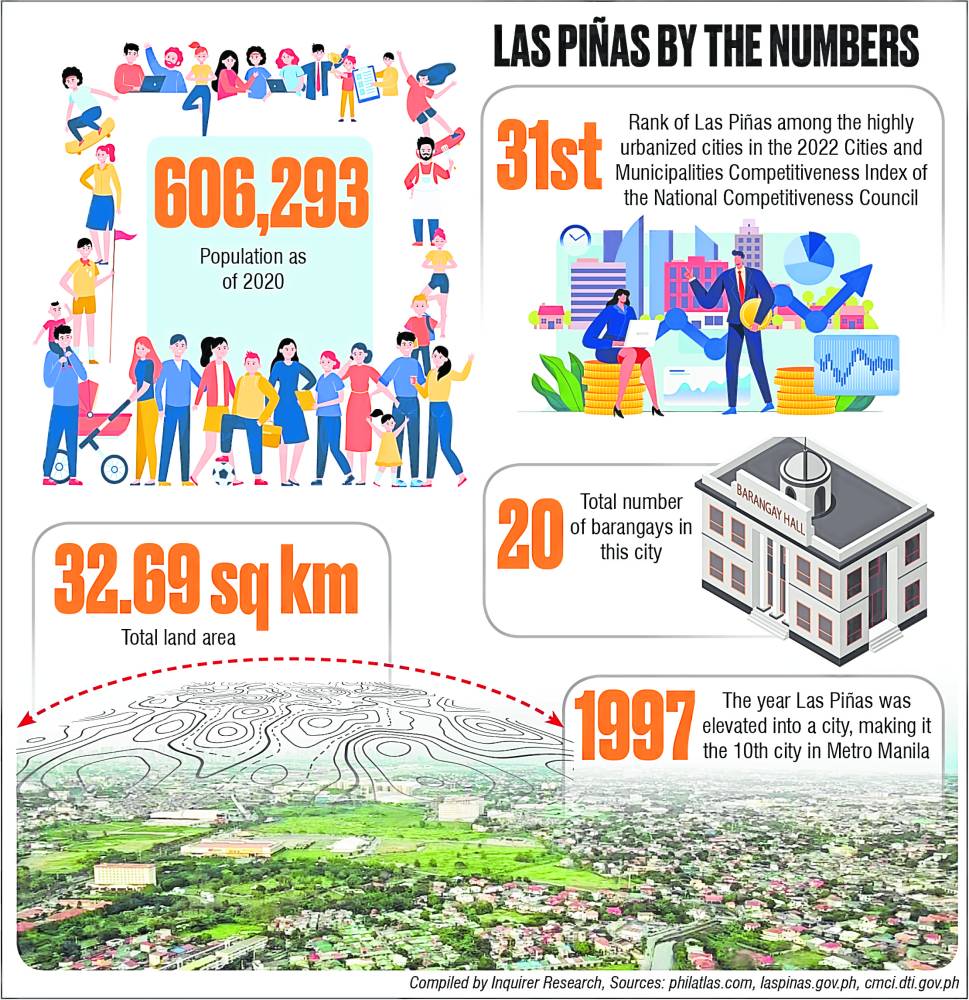
(CHARLES BORIS MANEZ)
It was a rural fishing village, once part of what is now Parañaque City.
But since it became an independent municipality in 1907, Las Piñas had seen continued growth and urbanization amid the entry of industries, businesses and migrants.
Transformation
A big part of Las Piñas’ transformation can be attributed to the construction of major roads that made it accessible and a welcome alternative to people finding a place to settle down.
With the construction of the South Super Highway in the ’60s and the Coastal Road in the mid ’80s, Las Piñas became a first class municipality that has begun to attract more businesses and residents, not only because of its newfound accessibility then, but also due to its ability to offer a less congested location that still provided relative proximity to conveniences.
In February 1997, a bill elevating Las Piñas from a municipality into a city was signed. After a month, a plebiscite was held, approving its city status and making Las Piñas the 10th city of Metro Manila on March 26, 1997.
Fastest growing
Today, Las Piñas is one of Metro Manila’s fastest growing communities, brimming with business hubs, commercial areas and shopping malls. It’s made even more attractive by existing major thoroughfares such as the South Luzon Expressway, Manila-Cavite Expressway and Metro Manila Skyway Stage 3, as well as the upcoming LRT-1 Extension, as these ensure the city’s connectivity and accessibility.
Last year, Las Piñas was also the only city in Metro Manila to be awarded the Department of Interior and Local Government’s Subaybayani Special Award for its notable performance in the monitoring and evaluation of infrastructure projects.

Landmarks, attractions
Amid the continued growth of the city, Las Piñas is also bustling with history and culture
Several sites on Diego Cera Avenue (formerly Quirino Avenue) were declared as tourist spots. These include Saint Joseph Church and Bamboo Organ, the Fray Diego Cera and Zapote Bridges, Gabaldon Hall in front of Las Piñas Elementary School, the old district hospital and the Irasan Center, where visitors could view a salt bed demonstration in commemoration of Las Piñas’ once much celebrated salt production industry.
The most famous of all the attractions is the bamboo organ housed at the Saint Joseph Church. The bamboo organ was declared a National Cultural Treasure in 2003 because “it is the only 19th century bamboo organ in the Philippines that has survived and is still functioning.”
Another gem is the Mary Immaculate Parish Church, also known as the “Nature Church,” that was built in 1986 and designed by the late National Artist for Architecture Francisco “Bobby” Mañosa. The church is a landmark structure in a complex which spreads over a 4,000-sqm mango orchard beside a flowing creek in Moonwalk Subdivision.
Aside from these landmarks, hospitals like the Alabang Medical Clinic, Asian Hospital and Medical Center, Perpetual Help Medical Center are available to residents of the city. Several prestigious educational institutions like San Beda College-Alabang, De La Salle-Zobel, PAREF Woodrose School, University of Perpetual Help and Southville International School are also accessible from Las Piñas.
Sources: Inquirer Archives
Las Piñas’ most famous attraction is the bamboo organ housed at the Saint Joseph Church. Las Piñas is one of Metro Manila’s fastest growing communities, brimming with business hubs and commercial areas.

